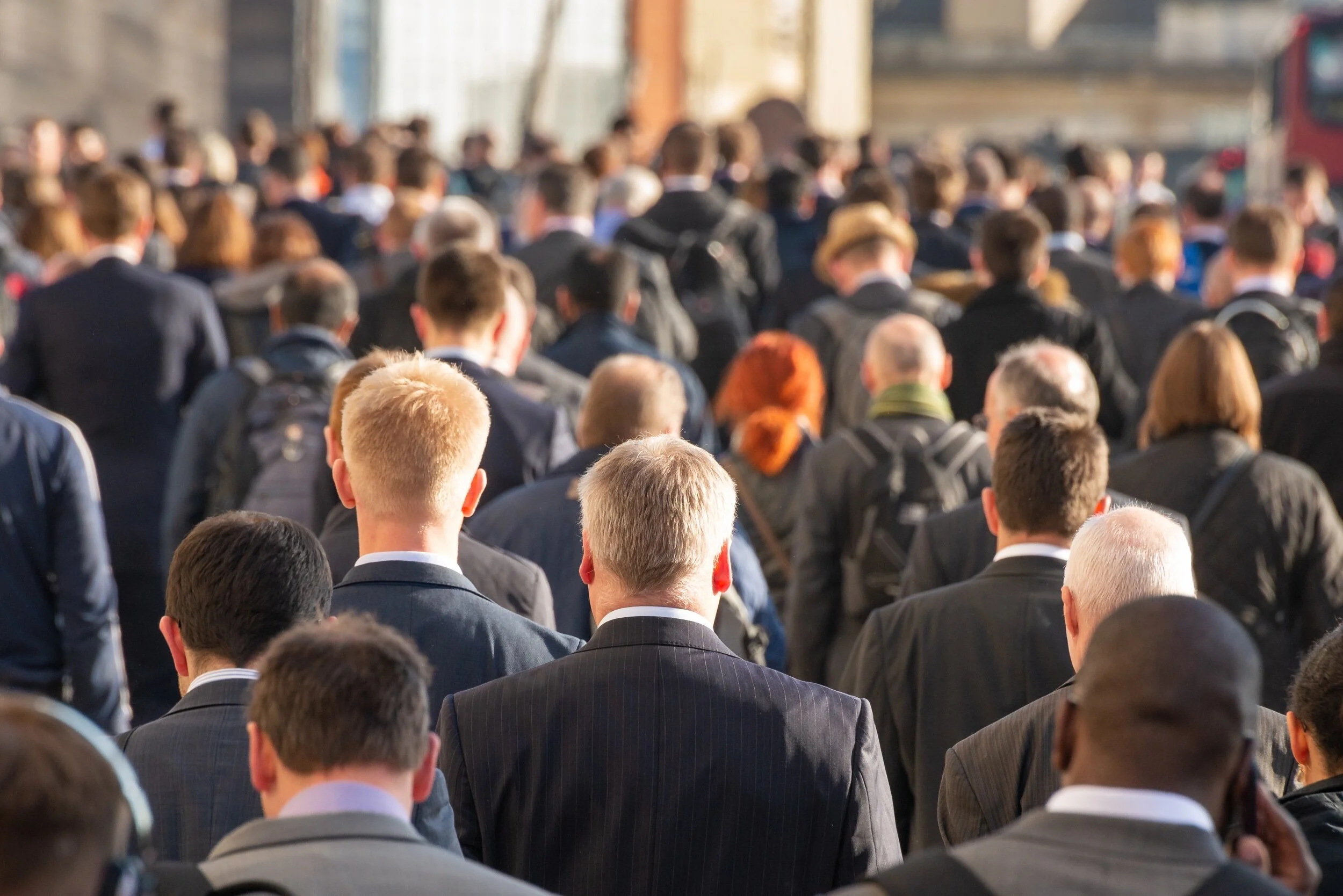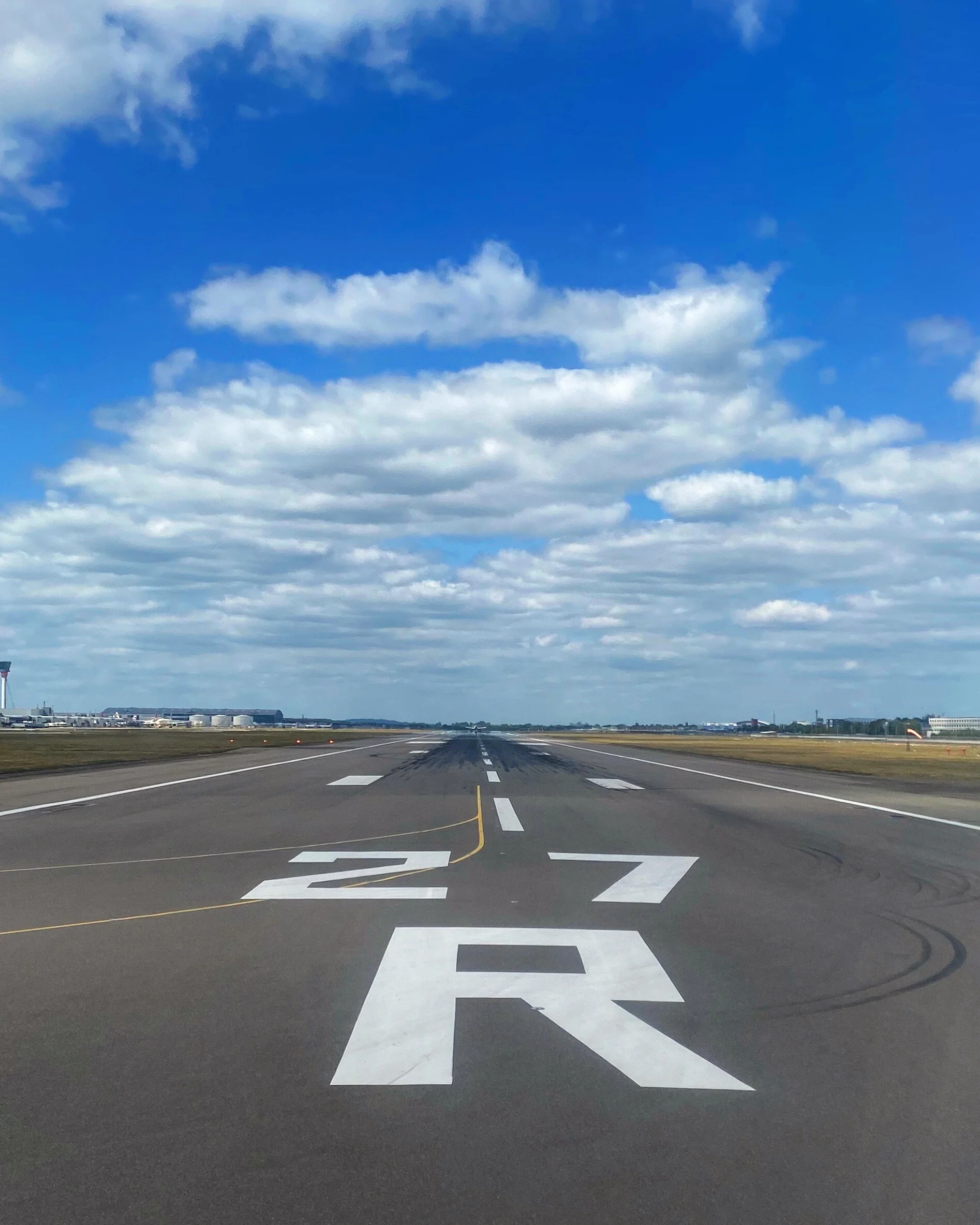A Tale Of Two Cities
On Friday I trekked into central London, Mayfair / Piccadilly to be precise, for the first time since mid-March. An absence of about 4 months from a neighborhood I would say I spent most of my weekdays pre-pandemic.
The purpose was a catch-up coffee with a friend, another step towards normality although, since both of us had started to travel again, this was tame stuff.
Yet the experience was a real shocker. We had agreed to meet at the 5th Floor cafe atop Waterstones ‘the booksellers’ flagship store. It’s a convenient location, a great selection of books and taht particular cafe has good views over the rooftops towards Parliament. It’s a popular spot and the fact that there are another 2 cafes in the store indicates it’s appeal.
It was empty.
Over the 90 minutes of catch-up no one else entered the cafe. On the way out via the ‘ocean liner’ type staircase (this is a large bookstore) I probably spotted 8 people in TOTAL over the entire store. This was at Noon on a Friday.
I was so overwhelmed by the lack of people I crossed the street and had another coffee and watched the world not go by.
None of this should have been a surprise to me because 2 weeks before I had written about the COVID-19 induced trend towards the country and away from the city centre. But seeing the complete absence of activity was a stark reinforcement of that view.
I then went home, back to Chiswick (just under 5 miles away from Piccadilly) still very much London, where the main shopping streets were busy, lines outside almost every store - including Waterstones ! Pavement tables were all occupied.
Normality. In fact busier than a typical Friday because this is where people are choosing to spend their time.
London really has become a ‘tale of 2 cities’. Communities where people live are thriving. The city centre has become a zone of sterility. Clearly much of this is COVID-19 related but the seeds of the centre’s demise were laid down long ago. Our commercial centres have become homogenised wastelands - the rent model has largely driven out independents and there is precious little that’s genuinely different for the non-office worker.
Let me explain a little more by going back in time. When I still believed (or let on that I believed) in Father Christmas my Mother and Grandmother would get up at the crack of dawn on a Saturday in early December and join a specially chartered train in Scotland and head to London for the day. 6 hours there, 5 hours in London and 6 hours back. That was an important day of the year for me because that’s when special Christmas gifts were purchased and brought back.
Cities then were a draw to the shopper - an opportunity to see new and diffident things.
It was inevitable that greater choice, retail parks and finally eCommerce would chip away at that draw but what we have seen in the last few months is the outcome of never addressing the challenge properly.
The shops MAY be open but without the need for work or mass entertainment (shows, concerts etc) why bother going into town ? And a slow down in global travel means the capital is devoid of high spending international tourists.
Today, Selfridges announced they were cutting 450 staff and stated they had to make “fundamental changes - to ensure we are fit for purpose and the future”. The irony there is that of all London’s retailers Selfridges were more imaginative in their customer proposition.
Shoppers have fallen out of love with their cities. This marriage between their wallets and the cash register had long since stumbled on difficult times but it needed a pandemic to highlight the folly of maintaining the pretence.
What is the point of going into town when everything I want is on my doorstep and, if you are lucky to have smaller independents, even more AND the rest I will buy on-line.
Museums and galleries are opening and that will help but retail need to start energising their model. That’s hard to do, but not impossible, with ‘social distancing’. Turning to Waterstones once more if I was them I would offer a 20% reduction on every book bought at the flagship - certain days, bring people in, sure that will cannibalise a little custom from their other stores but with more choice, better surroundings they will gain incremental business and help to fund a massive cost centre.
The UK Chancellor has engineered an imagination-grabbing scheme of discounts in restaurants every Monday - Wednesday in August. Retail need to think of their own schemes. And the shopping areas of London need to double down on branding their unique geographic features. Now people understand the requirements of social distancing (including masks) retail should fund ‘free transport’ days - making buses and tubes and suburban rail free into and out of London.
And, when some of these large department stores shut up shop for good convert them all into apartments, not luxury ghettos which never seem to be lived in but dwellings attractive to both ends of the spectrum - the younger service worker and the retiree.
Our cities need to be restored to places to live - not a string of Prets dotted through glass towers where no one wants to work anymore.
There is a lot more economic hurt to come but there really is a huge opportunity to turn 2 cities back into 1.
ABOUT THE AUTHOR
Mark Izatt is a brand consultant living in London and founder of Mission Critical, a highly focused and curated weekly briefing for time poor and information hungry decision makers and THE FIRST, a monthly briefing containing 31 inspirational insights. Mission Critical is a digital product delivered via his Estonian Consultancy business.
You can email Mark here and read about his recently published book ‘Mission Critical - 101 tips to survive and thrive at work in the office, on the move and at home’.



